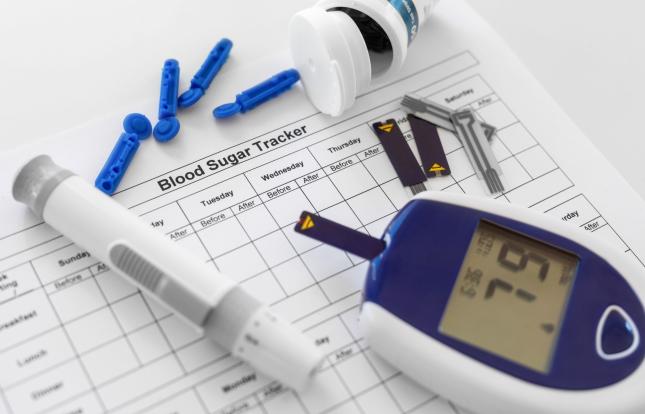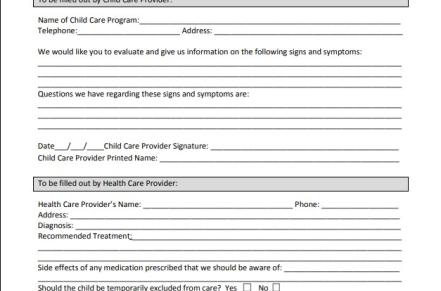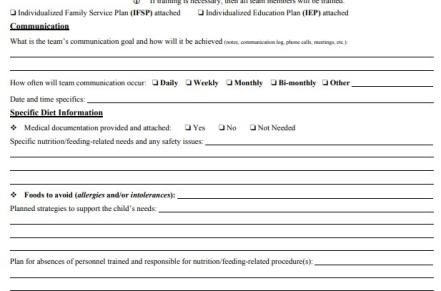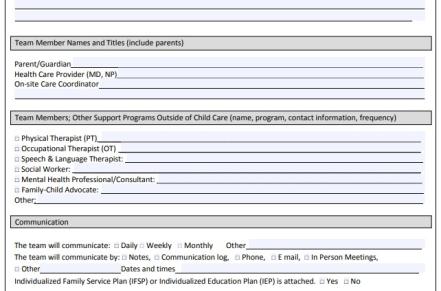What is diabetes?
Diabetes is a health condition where the body has trouble getting energy from food and drinks. When we eat and drink, our bodies break down carbohydrates into glucose. Then glucose is released into the blood. Insulin is a hormone made by the body. Insulin helps glucose get from the blood into our cells. This gives our cells the energy they need. People with diabetes do not have enough insulin, and too much glucose builds up in their blood instead of moving into their cells. There is no cure for diabetes, but people with diabetes can manage the disease and live full and active lives.
There are two types of diabetes:
- Type 1 diabetes is when the body makes little or no insulin.
- Type 2 diabetes is when the body does not use insulin properly and/or it does not make enough insulin.
Young children with diabetes usually have Type 1 diabetes. Young children with Type 1 diabetes need to be given insulin every day to keep their blood sugar in a healthy range.
What causes diabetes?
The cause of diabetes in not known. Type 1 diabetes is thought to be caused by an immune reaction (the body attacks itself by mistake). Known risk factors for Type 1 diabetes include having a parent, brother, or sister with Type 1 diabetes. Risk factors for Type 2 diabetes include: being overweight, older than 45 years, physically inactive, having a parent, brother, or sister with Type 2 diabetes, and having had diabetes during pregnancy. Diabetes does not spread from person to person.
What are the symptoms?
Two kinds of problems can occur when a person has diabetes:
- High blood sugar occurs when a person with diabetes gets too little insulin, too much sugar, too little exercise, or with illness. Stress from a cold, flu, COVID-19, or other illness may also increase blood sugar levels. Symptoms of high blood sugar include frequent urination, thirst, hunger, weight loss, irritability, and poor sleep. Over time, too much sugar in the blood can cause harm to the eyes, kidneys, nerves, skin, heart, and blood vessels.
- Low blood sugar, also called “insulin reaction” or “insulin shock,” occurs when the body gets too much insulin, too little food, or too much exercise. Symptoms include hunger, pale skin, weakness, dizziness, headache, shakiness, changes in mood or behavior, sweating, and rapid pulse. Severe low blood sugar can result in loss of consciousness and life-threatening coma.
What should I know about diabetes and child care?
Child care providers can work with families and health care providers to support children with diabetes to live healthy and active lives. A child with diabetes can participate fully in your program's activities. The goals for children with diabetes are to:
- Maintain normal growth and development
- Keep blood sugar levels within a target range (not too high, not too low)
- Promote social and emotional well-being
How do I include a child with diabetes in my child care program?
With careful planning and communication, child care staff can safely care for children with diabetes. Each child with diabetes will need their own written special health care plan describing how their needs will be met. Consider the following:
Food and exercise. The types, amount, and frequency of meals and snacks affect blood sugar. Children with diabetes need special diets and need to eat at regular times. Exercise also affects blood sugar. A child with diabetes may need to eat a snack before, during, or after energetic exercise. The child’s special health care plan will help caregivers plan for meals, snacks, and exercise.
Blood sugar testing. Regular blood sugar testing is part of diabetes care. Testing helps people know if their blood sugar is too high or too low. Testing is done by taking a drop of blood, usually from a finger prick, and placing it on a test strip for a glucose meter to read. A health care provider will provide a target range for blood levels for the child with diabetes (for example, 80-180 mg/dl). Diabetes care and technology continue to improve. Some children may use continuous blood glucose monitors that
digitally sync to phone applications. Blood glucose testing is allowed in licensed child care in California. Remember: standard precautions must be followed any time you are handling blood.
Insulin. Some children may use insulin pumps that automatically give them insulin when they need it. Other children may test their blood glucose using finger pricks and will need a staff member to give them insulin with a needle and syringe. The child’s special health care plan will include their individual insulin and blood sugar testing routines.
Glucagon. Glucagon injection may be needed in an emergency for low blood sugar. Always call 9-1-1 after giving glucagon.
Are there licensing requirements for caring for children with diabetes?
Providing care for a child with diabetes is considered an Incidental Medical Service (IMS). For more information on safely caring for a child with diabetes in licensed child care programs see Managing Diabetes in Child Care Programs.
February 2023, UCSF California Childcare Health Program







